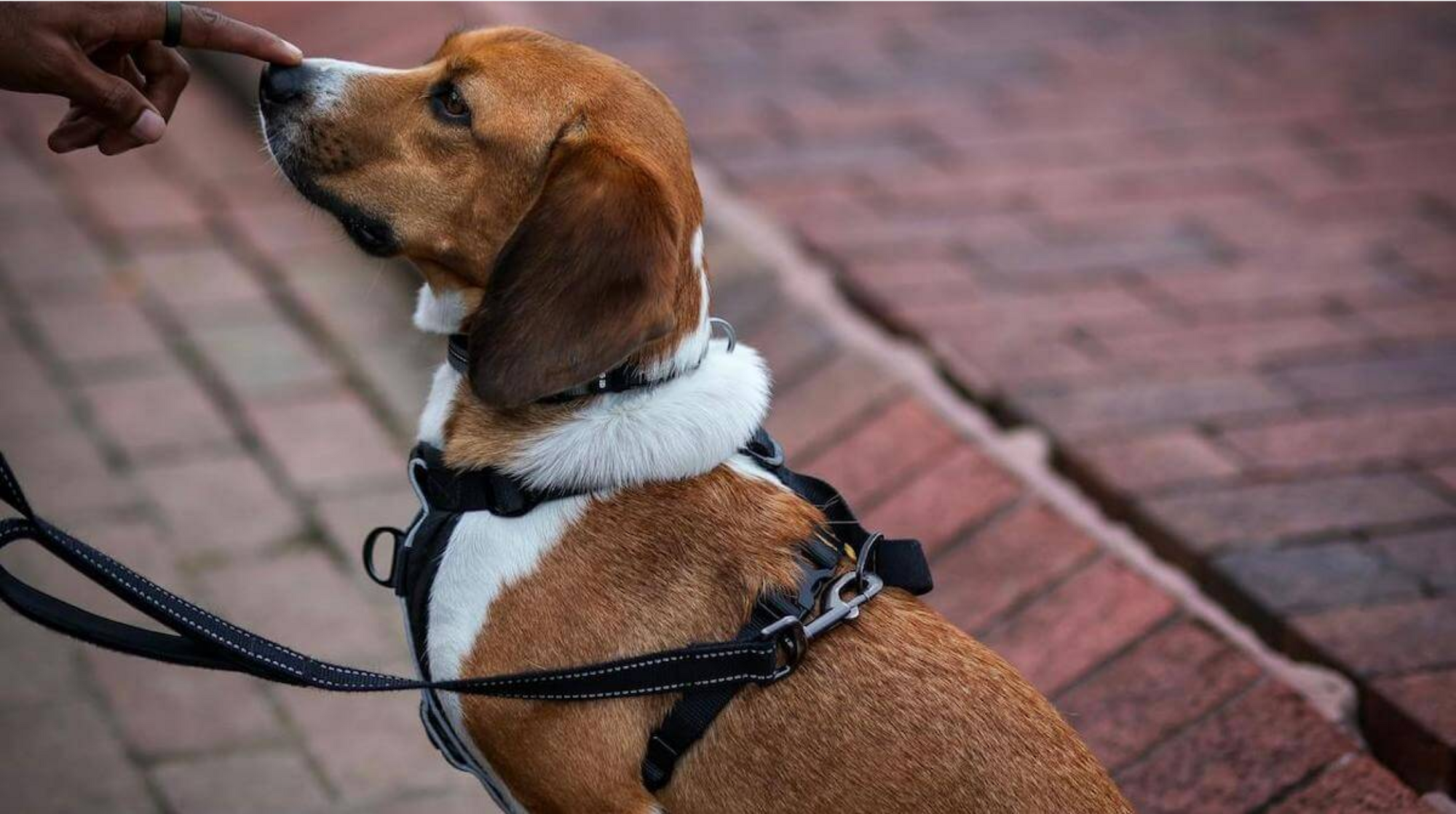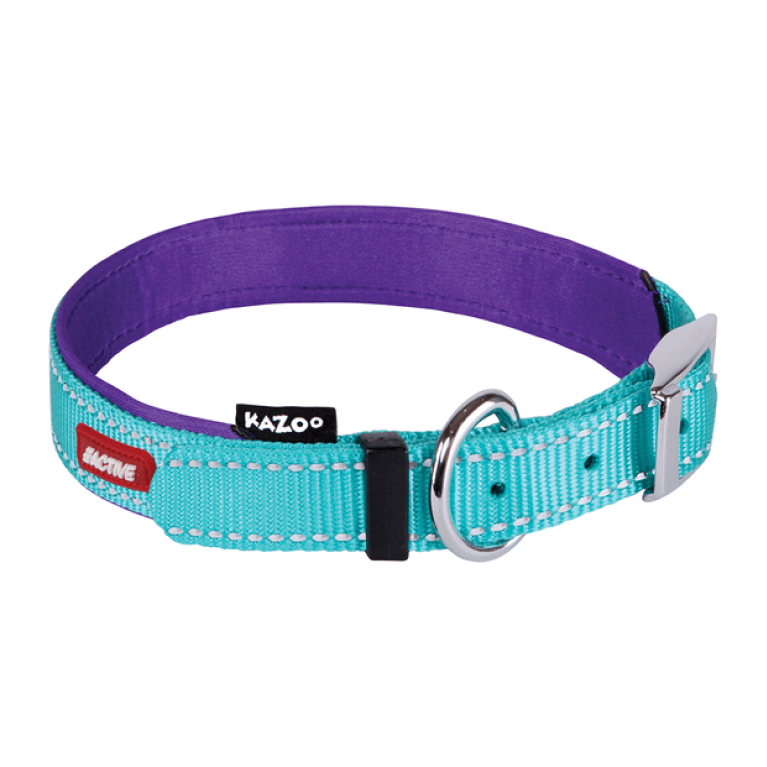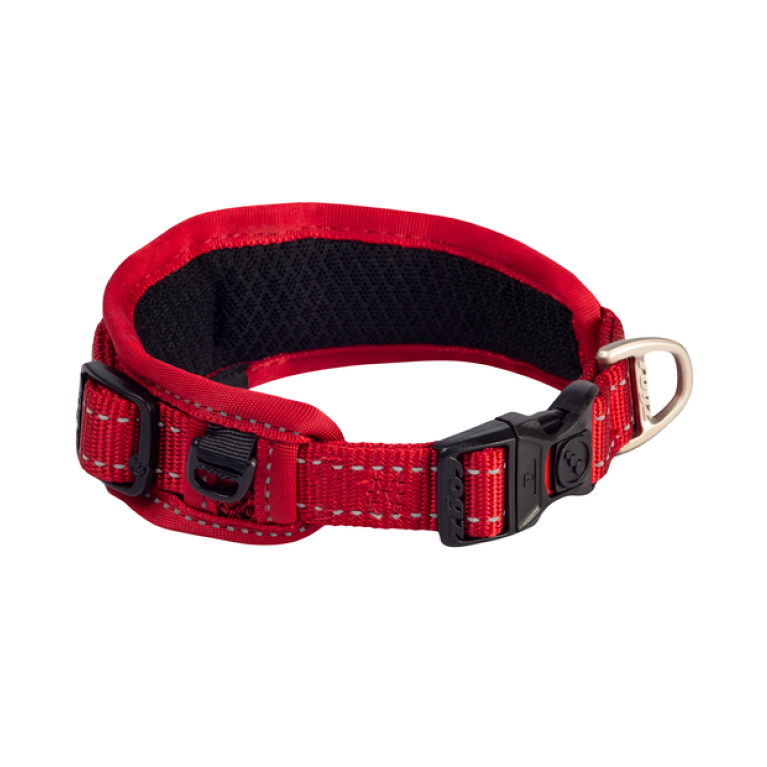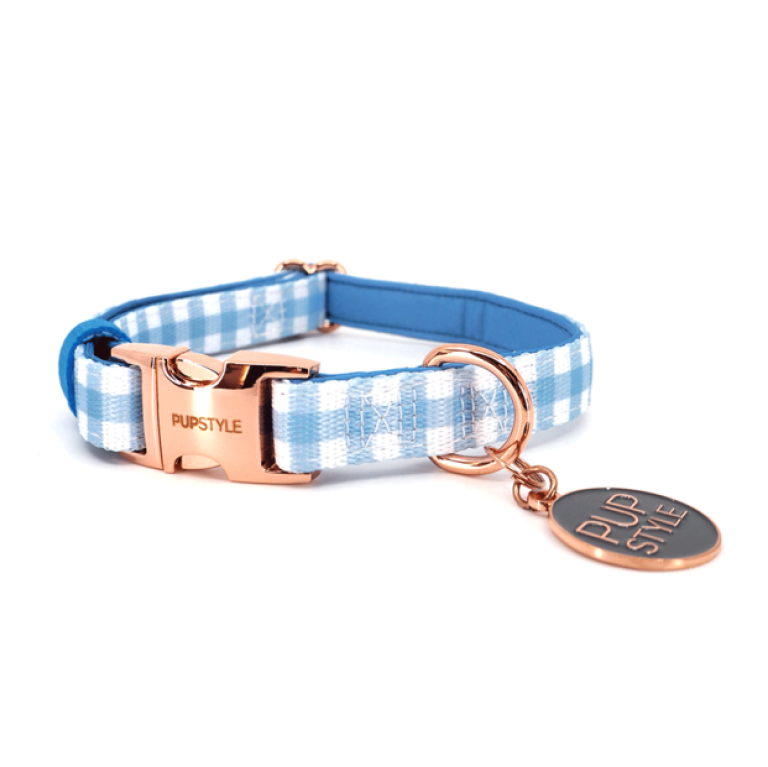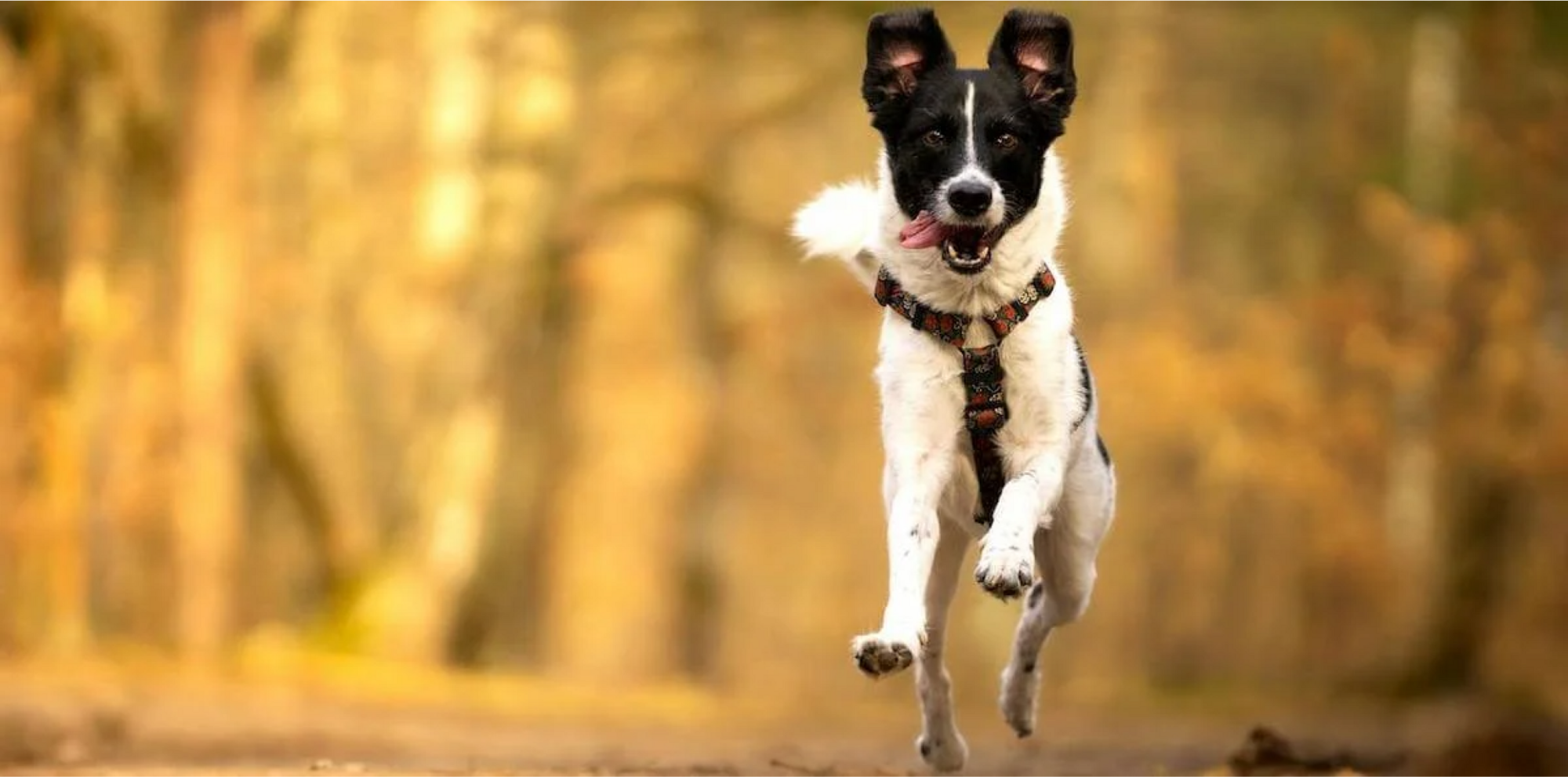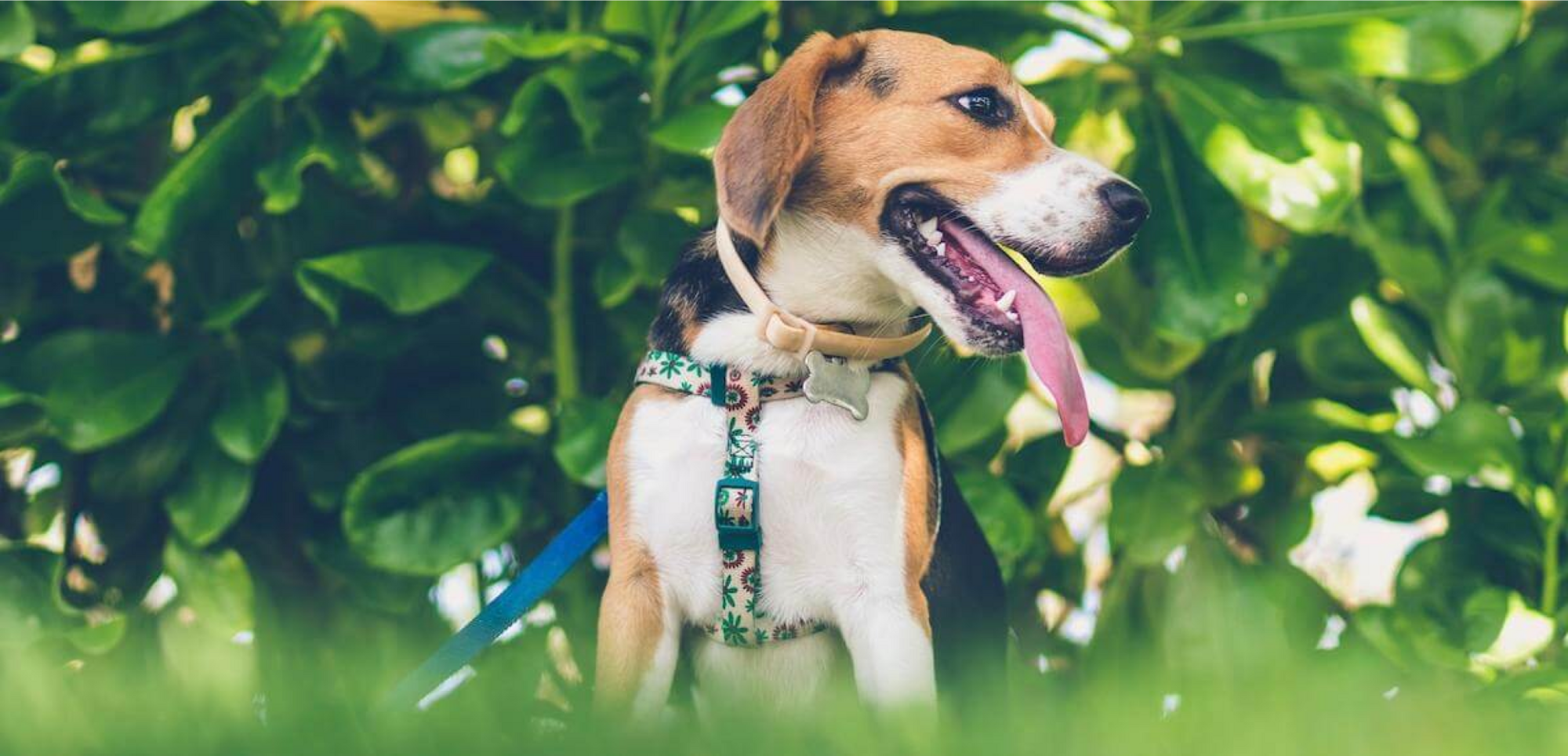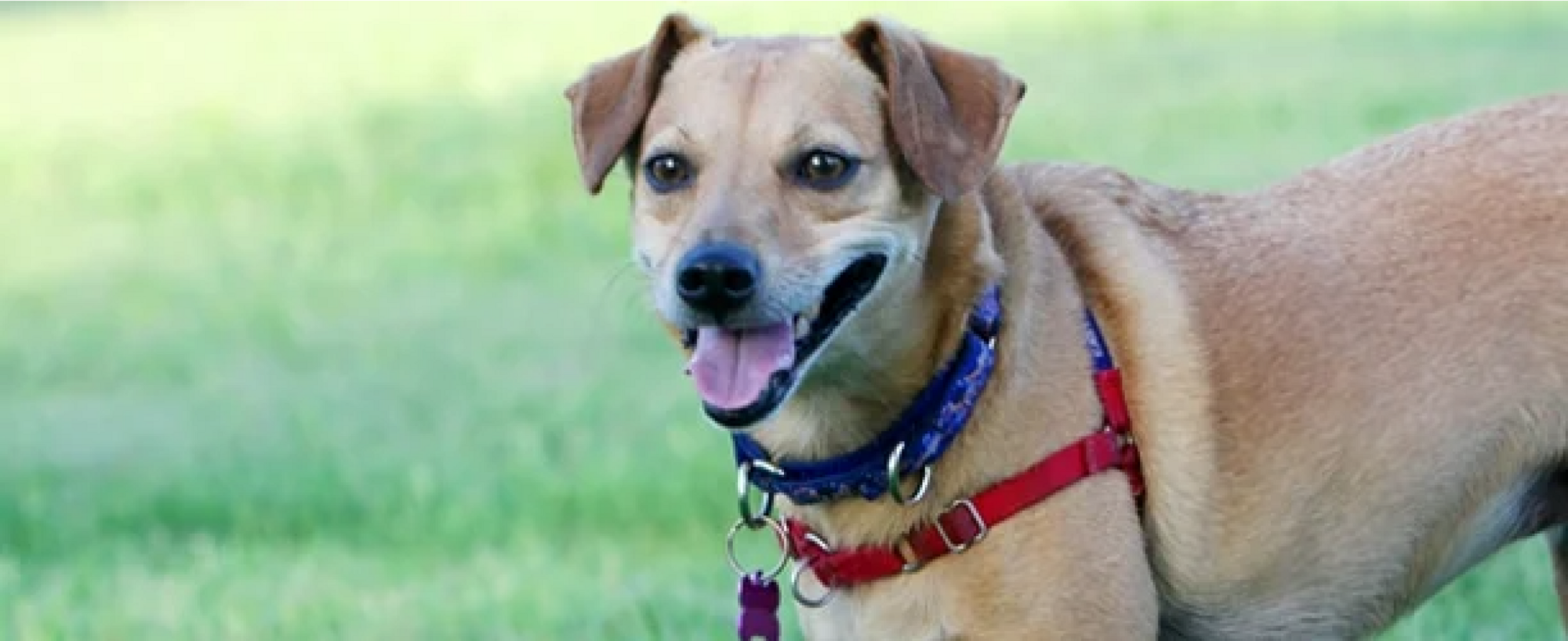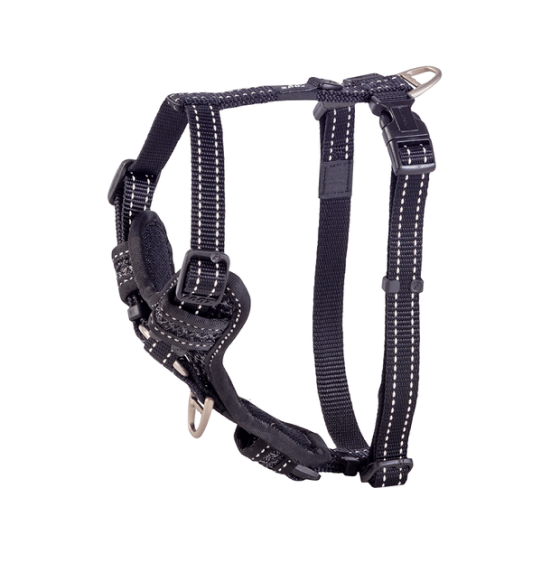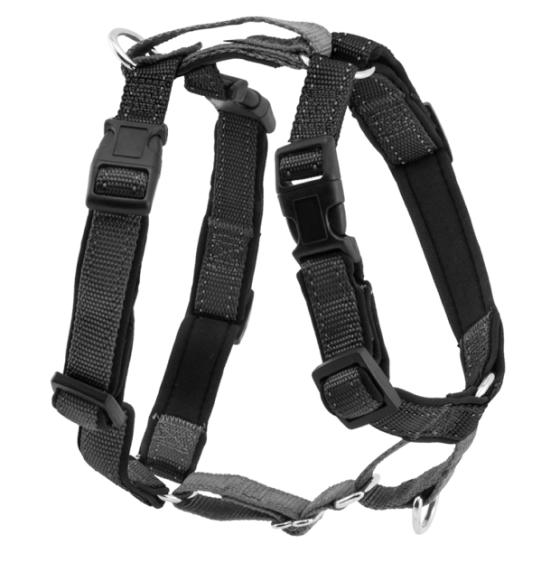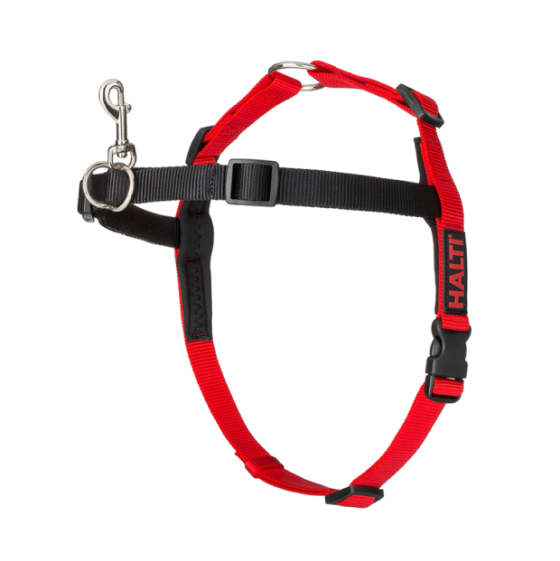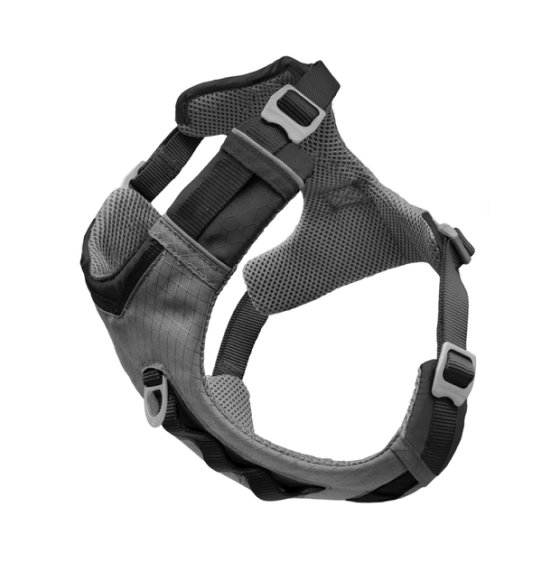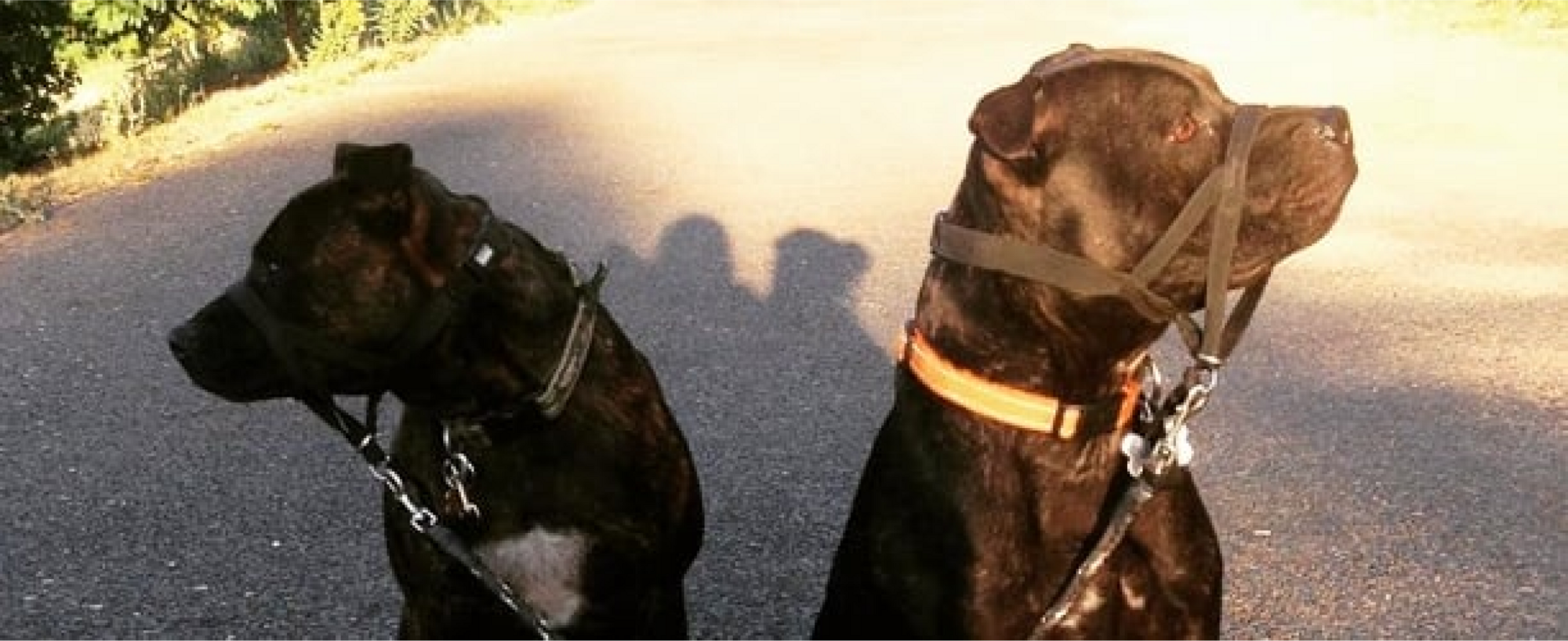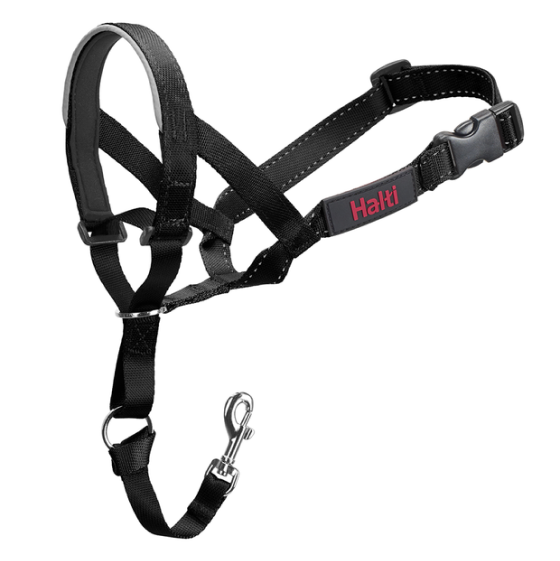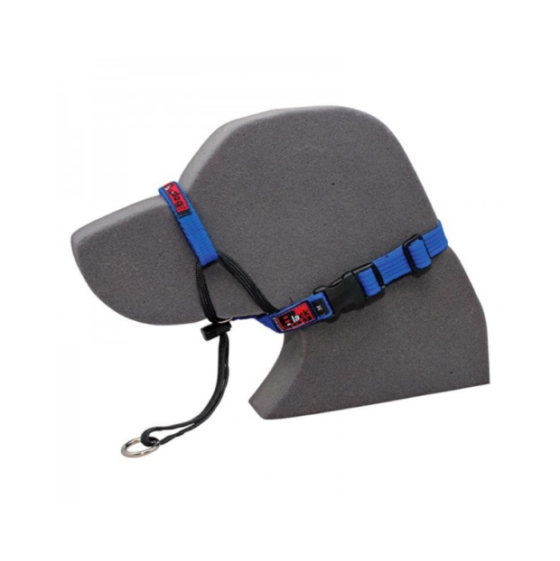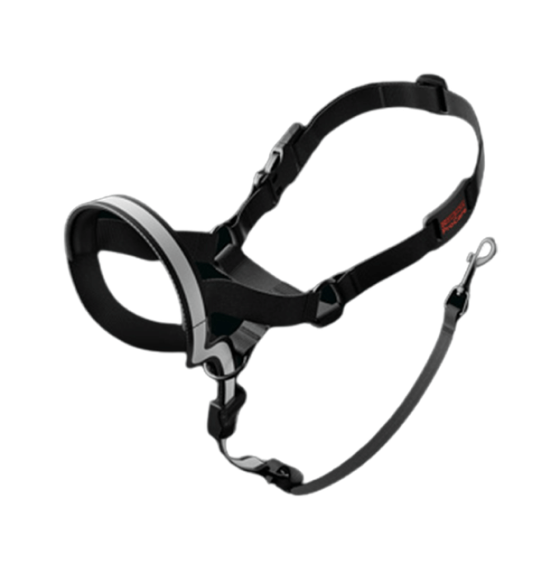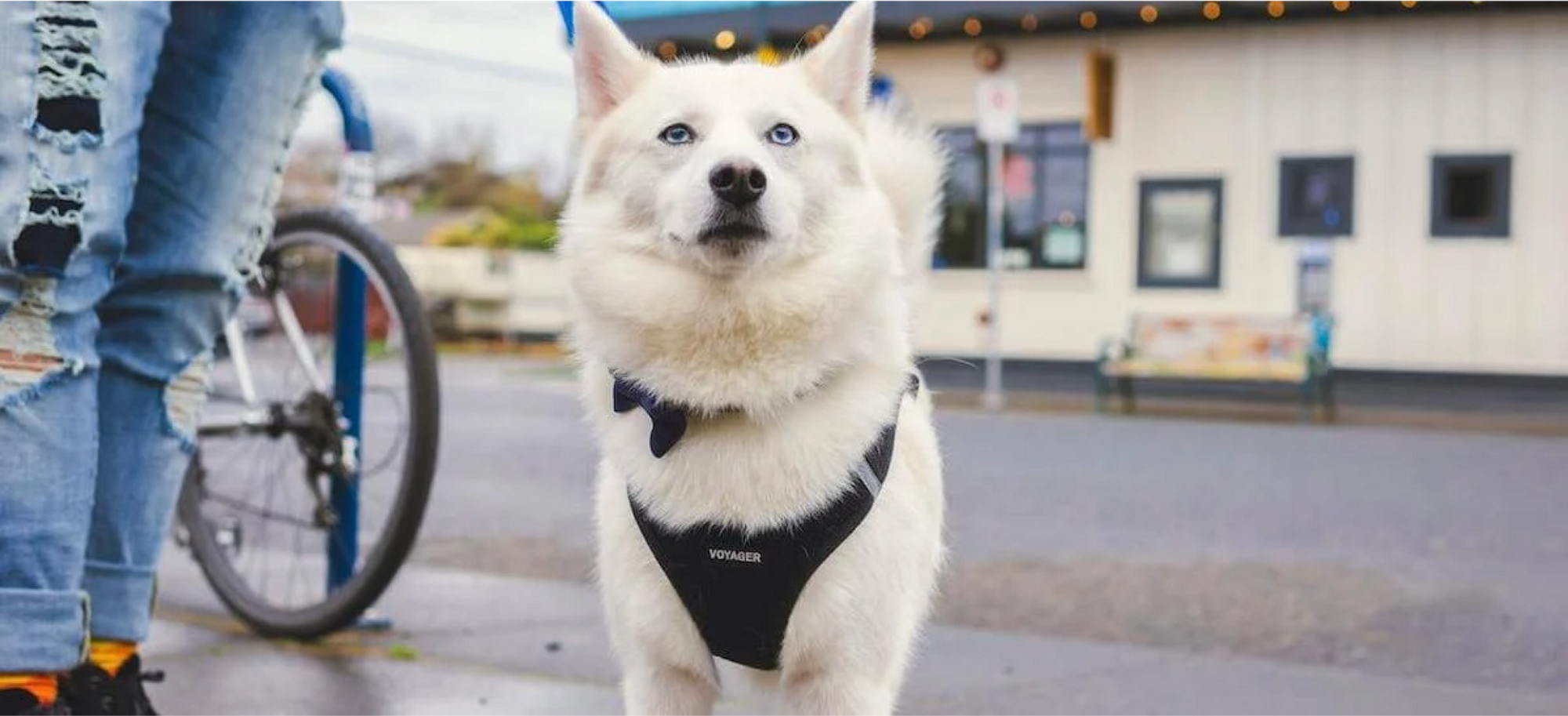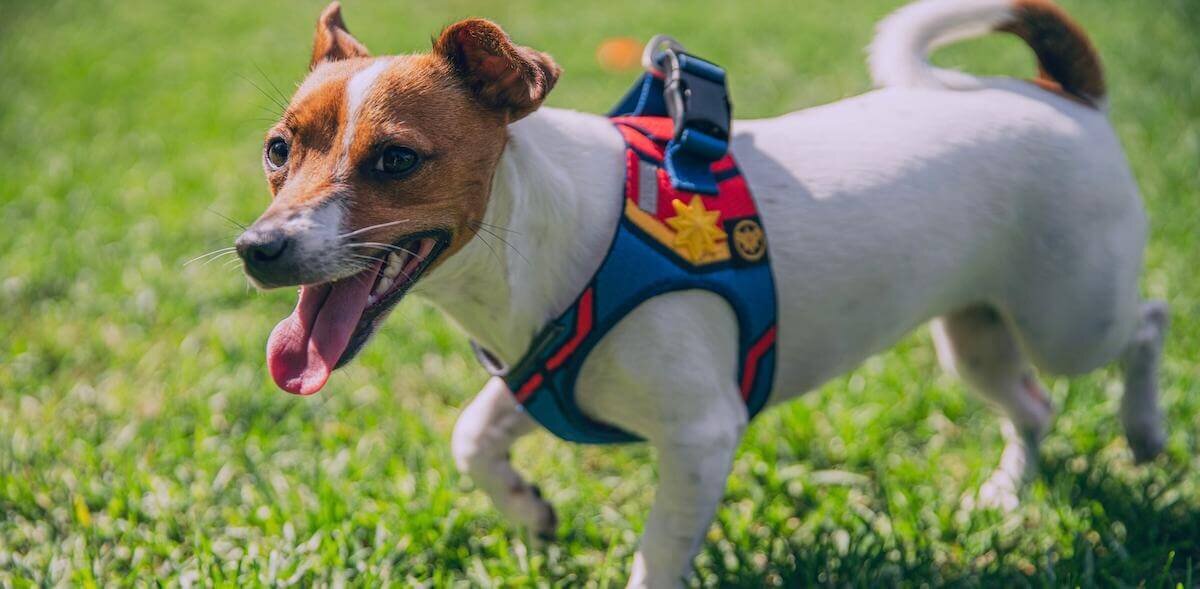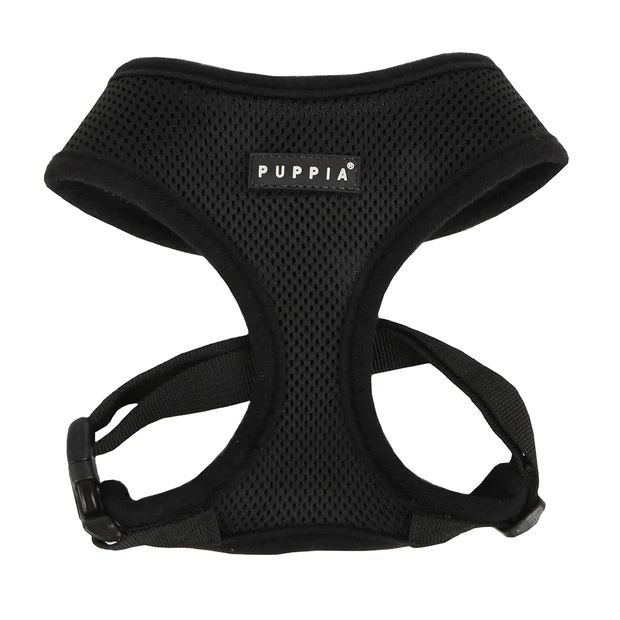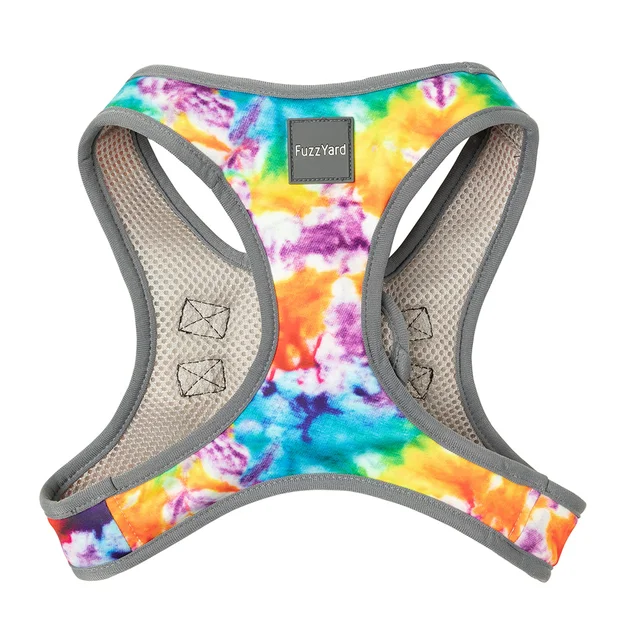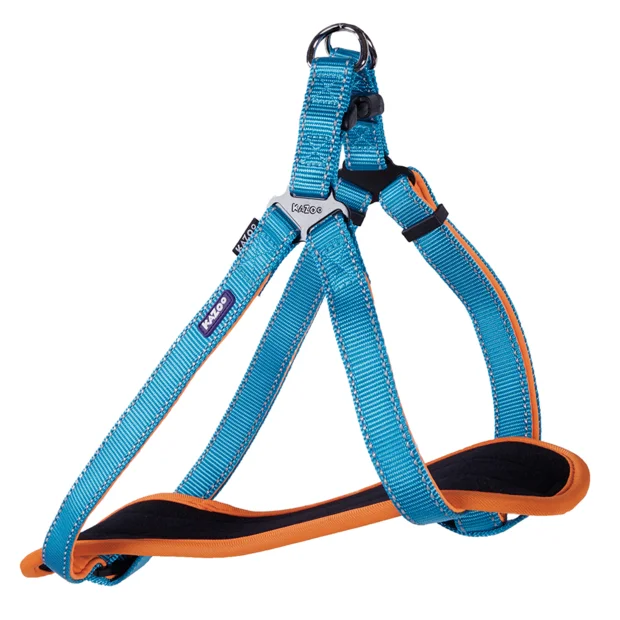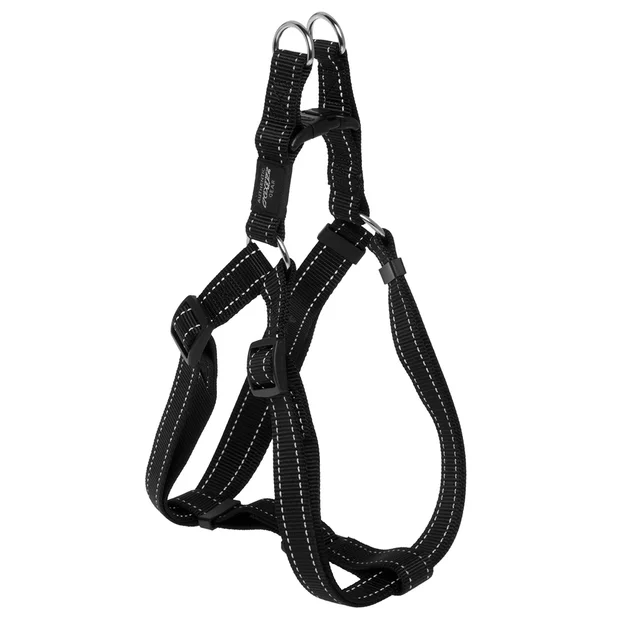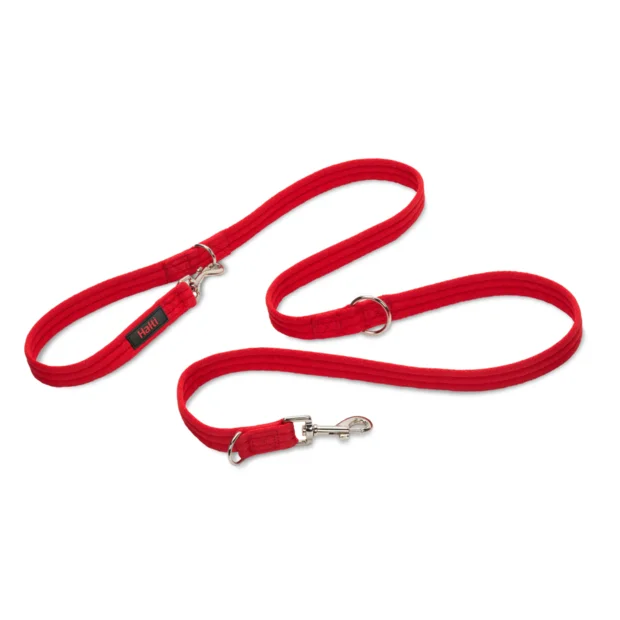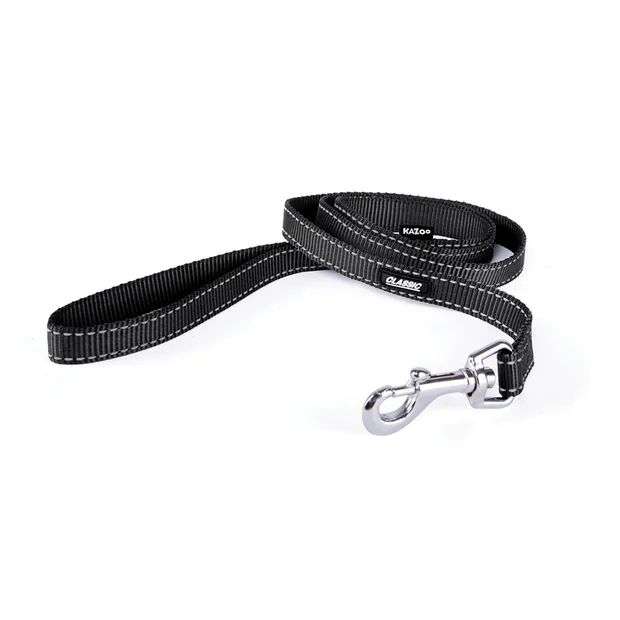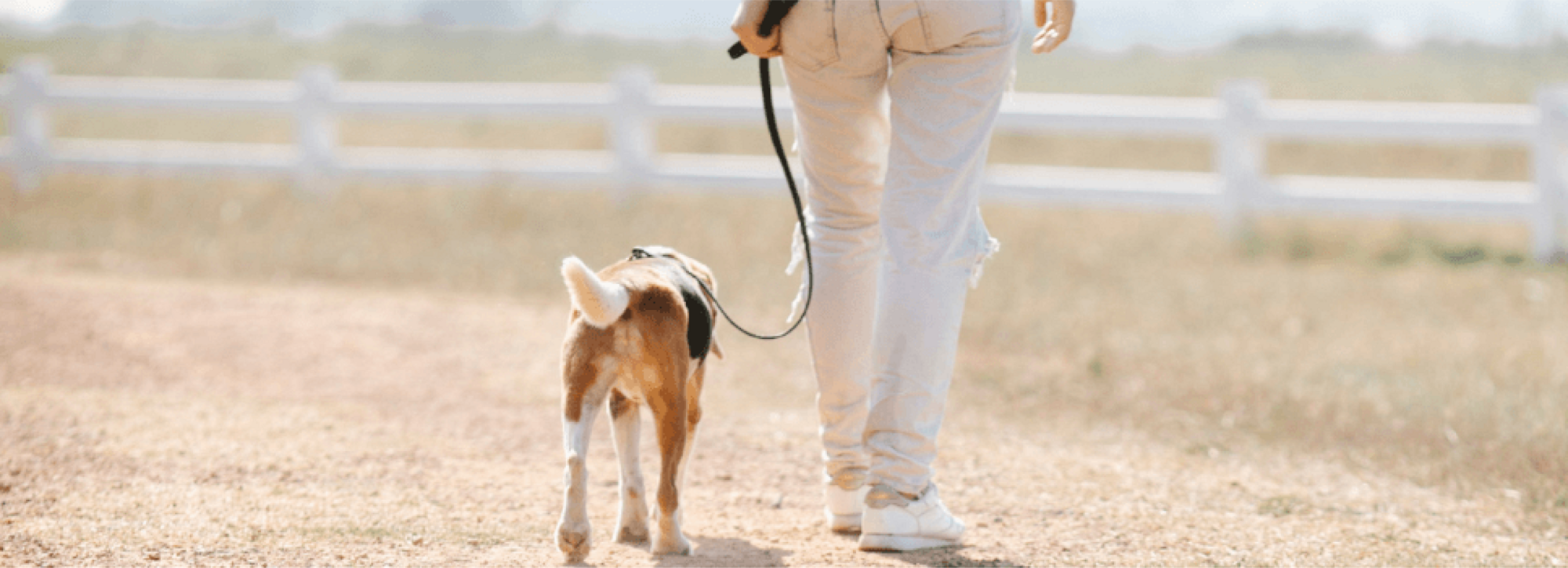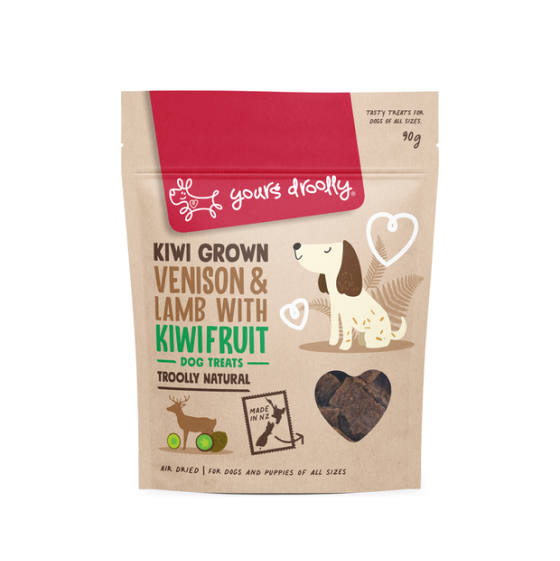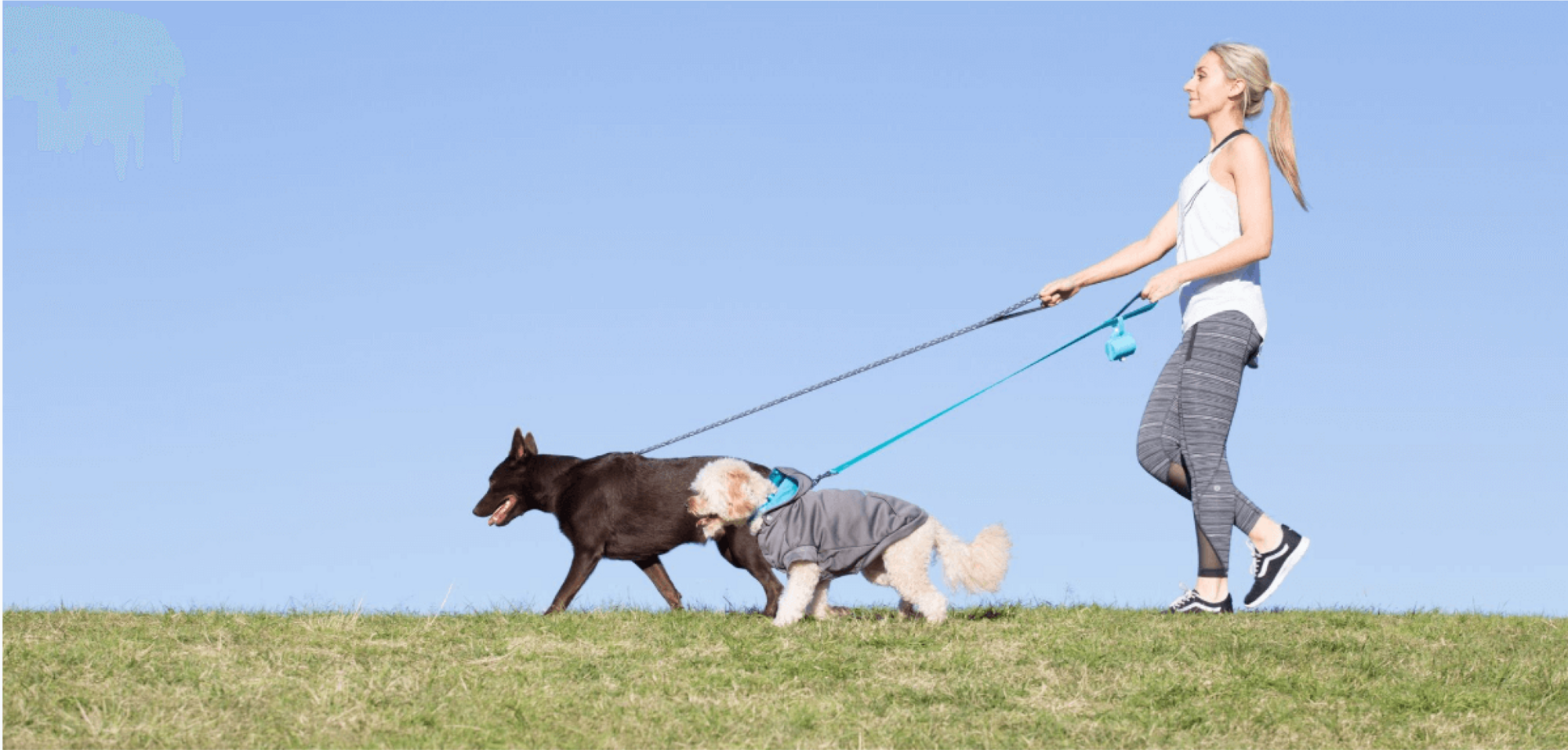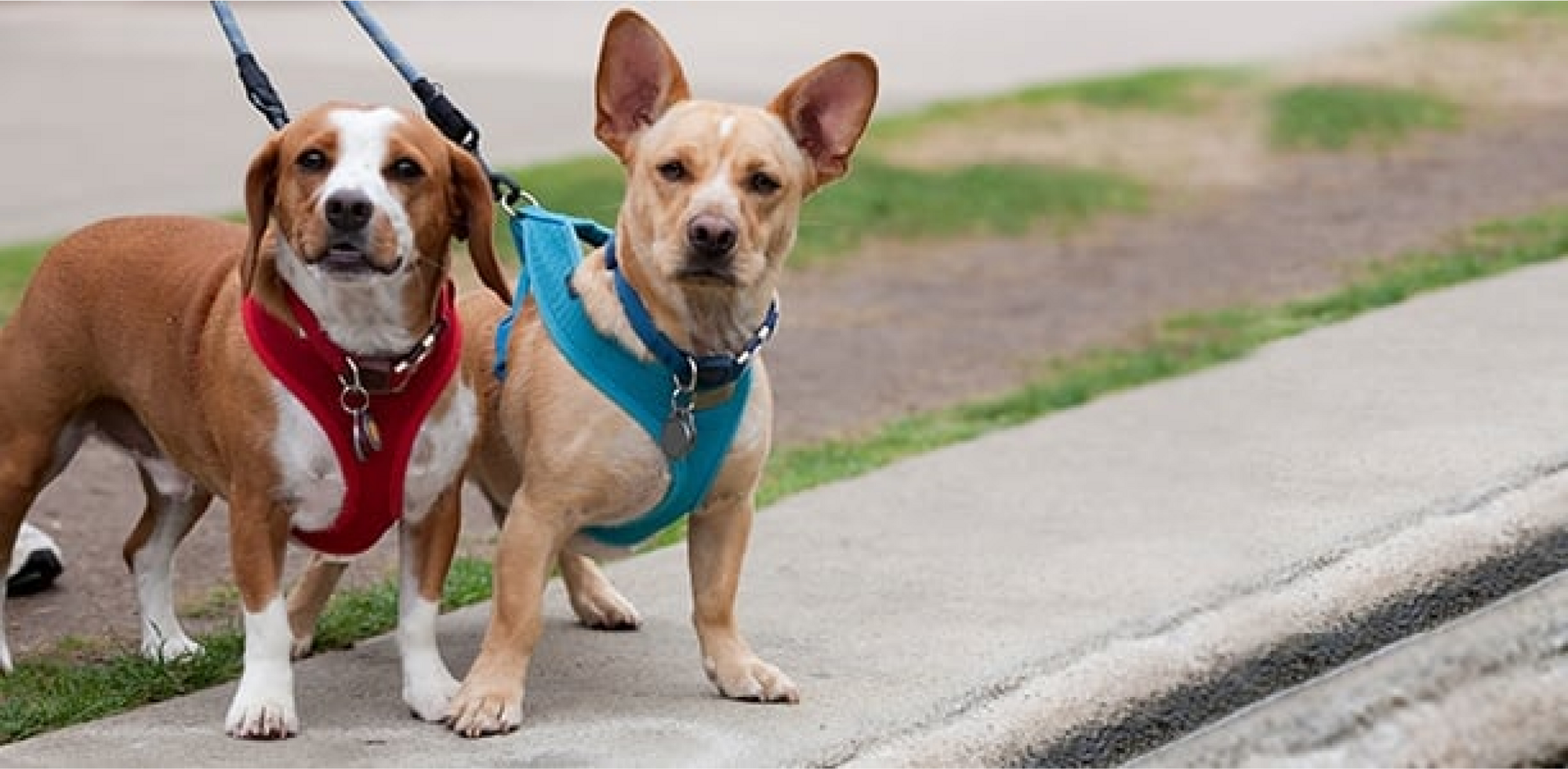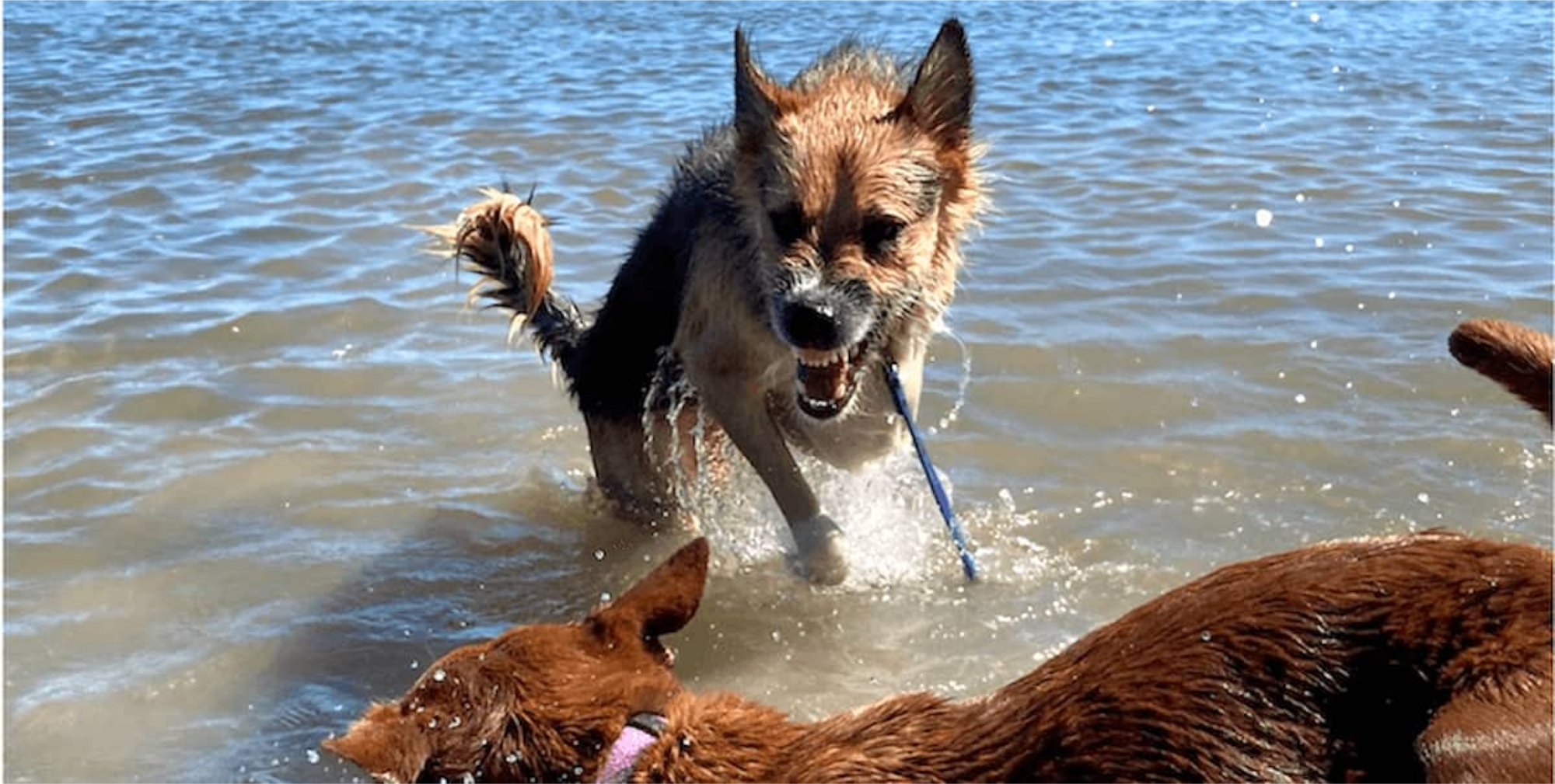Loose Leash Method
Who is this method most suited to?
The Loose Leash method can be used for most dogs that pull, but can be especially useful for strong pullers as it does combine other techniques. This method teaches them that walking on a loose leash will get you moving to where you want to go, plus rewards!
Training the Loose Leash Method
To start the Loose Leash method you are going to pick a quiet spot and stand still. Wait until your dog comes to your side and loosens their own leash. When their leash is loose, mark and reward with a treat or two. Allow them to do this multiple times until they start to stay within the confines of the lead.
Once your dog stays on a loose leash consistently, take one or two steps forward, keeping the lead loose. If the lead does stay loose, mark and reward. As your dog becomes reliable at keeping a loose leash, increase the number of steps you take by one or two at a time.
As your dog improves and is able to walk several steps forward on a loose leash, you can add in a cue to start walking, such as 'let's go', 'walk' or 'with me'.
If your dog starts to pull, stop and take a couple of steps backwards. This tells your dog that pulling gets them further away from where they want to go. Once the lead is slack again, start forward a couple of steps and reward, teaching them that the loose leash gets them where they want to go.
Penalty Yards
Who is this method most suited to?
The Penalty Yards Method is great for the explorers and independents who have more engagement with their environment than their owner. For any dog that just wants to get where they are going, this is a great technique.
Training With The Penalty Yards Method
The Penalty Yards Method relies on taking your dog away from where they want to go. For your dog, getting to what they are trying to reach is the goal. So when your dog starts to put tension on the leash quickly back up to the starting point. Praise them once the leash goes slack again and offer a reward once they are at your side.
Once your dog is back at your side, start walking forward again, so the slack leash and walking beside you gets rewarded with approaching their desired destination. Repeat this back and forth process as required until they get the hang of walking at your side. Slowly you will be able to increase the distance you walk each time, before you are going backwards.
This technique means that your dog gets further away from where they want to go and will motivate them to observe what behaviours get them moving forward so that they can continue to explore. Here, the reward is moving forward and reaching the goal.
Back and Forth or 180
Who is this technique best suited for?
Got an easily distracted pup? Maybe a high energy dog that just wants to go, go, go? Then this is the technique for you. This technique is best to use if you are happy to walk with no goal in mind, such as in the backyard, street or a straight footpath, because chances are you may not reach your goal, especially when you first start training.
Training the Back and Forth or 180
This is a relatively straightforward technique to use that teaches your dog to be engaged with you and where you are going. All you have to do to start training this technique is start walking. Once your dog starts to pull on the leash or just before the leash goes tense, turn around 180 degrees and start walking back the way you came.
Repeat this process as required. When you first start out, you may feel like you are walking in circles, but this will quickly teach your dog to watch where you are going because your direction could change at a moment's notice. Walk confidently and turn confidently, you are leading the way. Every time your dog looks at you, offer them a treat reward. This builds a positive association between your dog and engaging with you.
In regards to walking on a loose leash, once again, the reward for walking with the leash loose is getting to move forward towards your dog's goal.
Modified Versions of Back and Forth
There are several training techniques that are similar to the Back and Forth technique and teach your dog to match their movements to yours. These modified techniques work well for high energy dogs.
â¢Big Square: Instead of turning 180 degrees, sharply turn 90 degrees. This still changes your dog's direction and teaches them to pay attention to what you are doing. You can also try alternating whether you turn left or right as your dog gets better at watching you. If you are turning in front of your dog, cut them off, but be careful not to stand on them.
â¢Big Circle: For this technique, make sure your dog is on the outside of you as you turn a complete 360 degrees, instead of 180. Keep turning in a circle until your dog is focused on you and back at your side on a loose leash, then praise and walk forward again.
â¢Figure 8:The Figure 8 is an exercise you can do with your dog to get them back to focusing on where you are walking. Rather than spinning in a circle, walk in a figure 8 shape, initially your dog will be on the outside as you turn, but their path will get cut off if they aren't watching you when you loop the other way. You may need to do a large figure 8 and initially go slowly so you aren't tripping over your feet or your dogs.
For all of these techniques, be sure to reward your dog by walking forward while the leash is slack, and mark and treat reward whenever they look at you to ensure you are reinforcing the behaviours you want to see more of.
The 'Be A Tree' Method
Who is this technique best suited for?
This is a technique for dogs with more owner engagement and that are a bit more advanced in their training. Your dog will need to want to come back to you for this technique to work well.
Training the 'Be A Tree' Method
This technique relies on teaching your dog that pulling won't work. If your dog starts to pull, stop and plant your roots. Initially, your dog will want to keep going forward, wait them out. There will be a point when your dog looks at you, turns around and/or puts slack in the leash and comes back to you. When they do, mark and reward, then start moving forward again.
As you keep going, your dog will learn that releasing the tension on the leash gets them moving forward again (and treats), so they will be quicker to return to you and become more reliable at walking on a loose leash.
Yielding To Pressure or 'Silky Leash'
Who is this technique best suited for?
This is a technique for dogs that are sensitive or responsive to gentle pressure on the leash, and is a great starting point for puppies. It also requires an owner with a gentle hand and a bit of patience. This technique is adapted from horse training, so those with horse experience might find this easier to adapt.
Training Your Dog to Yield To Pressure
Your dog's natural response to pressure is to pull away from where it is applied. Here, you are instead teaching them to move towards the pressure. This technique is going to need to be started in a small enclosed space and on a standard lead. This works well with a flat collar. Be sure to have the lead in one hand and be ready to reward with the other.
While your dog is standing, put light tension on the leash in one direction. The amount of pressure should not pull or tug the dog, it should be light enough that it 'wouldn't break a strand of silk'. If your dog responds to this pressure by moving, looking or even shifting their weight in the direction of the pressure, mark and reward. Be sure to reward in the direction of the pressure that was applied to lure them into the behaviour you would like to see. If your dog doesn't respond at first, hold the pressure until they do move towards it.
The more times you repeat this, the more rapidly your dog will respond to follow the leash pressure. This should teach your dog to release tension on the leash by going in the direction of the pressure, so that on a walk, if the lead reaches tension, they will come back to your side. Be sure to slowly increase the level of difficulty for this one.
Focused Walking
Who is the technique best suited for?
This is a great option for highly food motivated dogs and it relies heavily on treats. Dogs that have done target training or know the 'touch' command will also adapt to this quickly. High energy dogs that just want to play will also like this technique.
Training Focused Walking
To start with, this isn't an obedience training technique. This is a fun game to play with your dog! It just so happens to teach loose leash walking and engagement with you along the way. It provides a great defence for you against dogs that want to chase distractions.
This training requires two hands; the treat hand and the lead hand. Your treat hand will be on the same side as your dog walks. The lead hand is where you will also place your clicker if you prefer to use these for your training. Fill the palm of your treat hand with your dog's favourite treats.
On the treat hand, hold out one finger, and encourage your dog to follow your finger. Remember to make it an exciting game! Once your dog gets close to your finger target, mark/click and reward. Here you are teaching your dog target training. You are also teaching them to follow your finger.
Once your dog follows your finger, you can start teaching them to follow your finger while standing up and while walking. As they become more reliable, you can move the treats from your target hand to the other hand, rewarding occasionally whenever they are doing the right thing. You may also be able to add a command to this like 'follow' or 'target' to use around distractions and get your dog back to following your finger instead.
